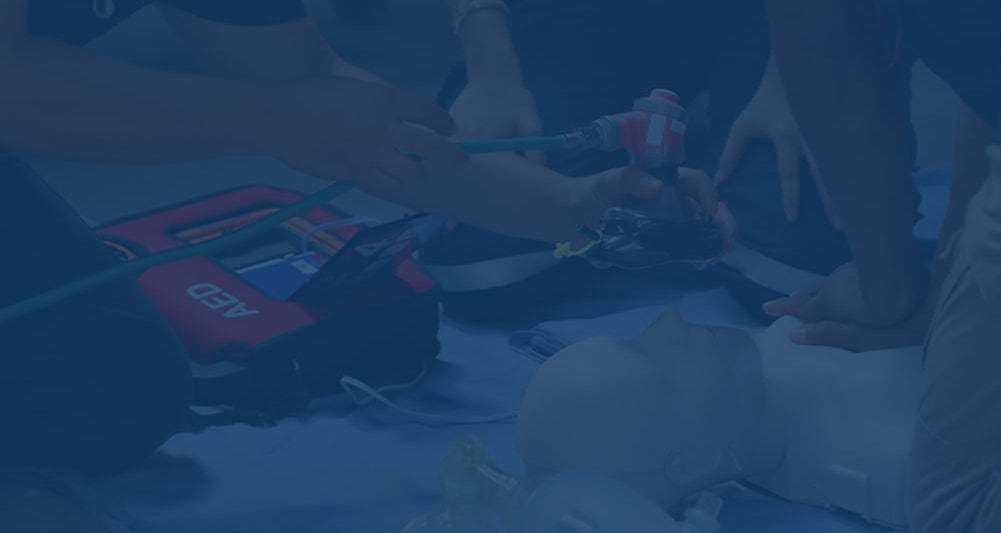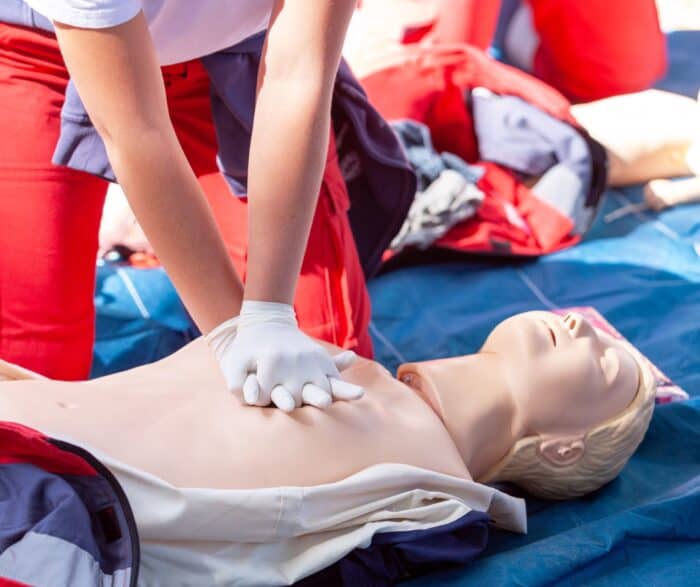What is CPR and what is BLS?
CPR, or “Cardiopulmonary Resuscitation”, serves as a vital life-saving technique used on someone experiencing cardiac arrest. CPR is an intervention by which rescuers can mimic the beating of the heart through compressions, as well as introducing rescue breaths to the patient. Together, the compressions and rescue breaths attempt to introduce oxygen and continue to transport oxygenated blood throughout the body. To learn more about the pathophysiology of CPR, read Rescue Training Institute’s blog on “The Anatomy of Saving Lives: How CPR Resuscitates the Body”.
BLS stands for “Basic Life Support” and unlike CPR, BLS is not a technique but a course of instruction. This class is a comprehensive course as it’s designed primarily for healthcare workers and/or first responders. BLS is intended to train healthcare professionals, including nurses, physicians, EMS professionals, police officers, firefighters, and other healthcare and public safety personnel. BLS training covers how to respond to those experiencing cardiac arrest (including using CPR), respiratory distress, or an obstructed airway in adults, children and infants. As such, BLS covers CPR, but also includes additional skills. BLS is a prerequisite among many health and public safety organizations, as well as licensing boards.
What is the difference between CPR Certification and BLS?
CPR certification classes are for anyone who wants to learn the basic skills needed to help adults, children, and infants during cardiac emergencies. Training covers how to help whether the medical emergency occurs at home, school, or out in the community. Some careers require CPR certification, such as construction workers and childcare providers. To learn more about which professions require CPR certification, check out Rescue Training Institute’s blog on “The Comprehensive Guide to Professions Requiring CPR Certification”. BLS, as stated above, is a more comprehensive course required for some healthcare and first responder positions.
What are BLS and CPR Recertification Requirements?
Both CPR and BLS certifications last for a span of two years before the certification lapses. In order to be eligible to participate in a CPR recertification course or a BLS recertification course, one must have a current certification or one that has expired recently.


